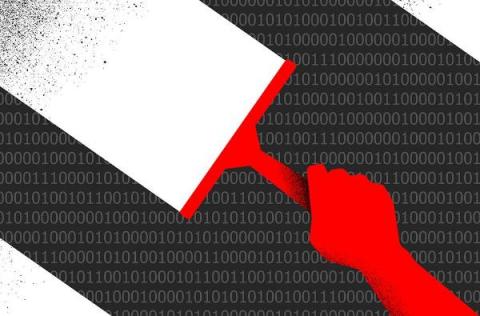4 Ways to Get Help Managing OPA
Open Policy Agent (OPA) can be a mighty tool for users looking to embrace a policy-as-code approach to authorization. However, learning to decouple policy decisions from your applications with OPA can be a challenge on its own — not to mention deploying and managing those OPA instances at scale.











